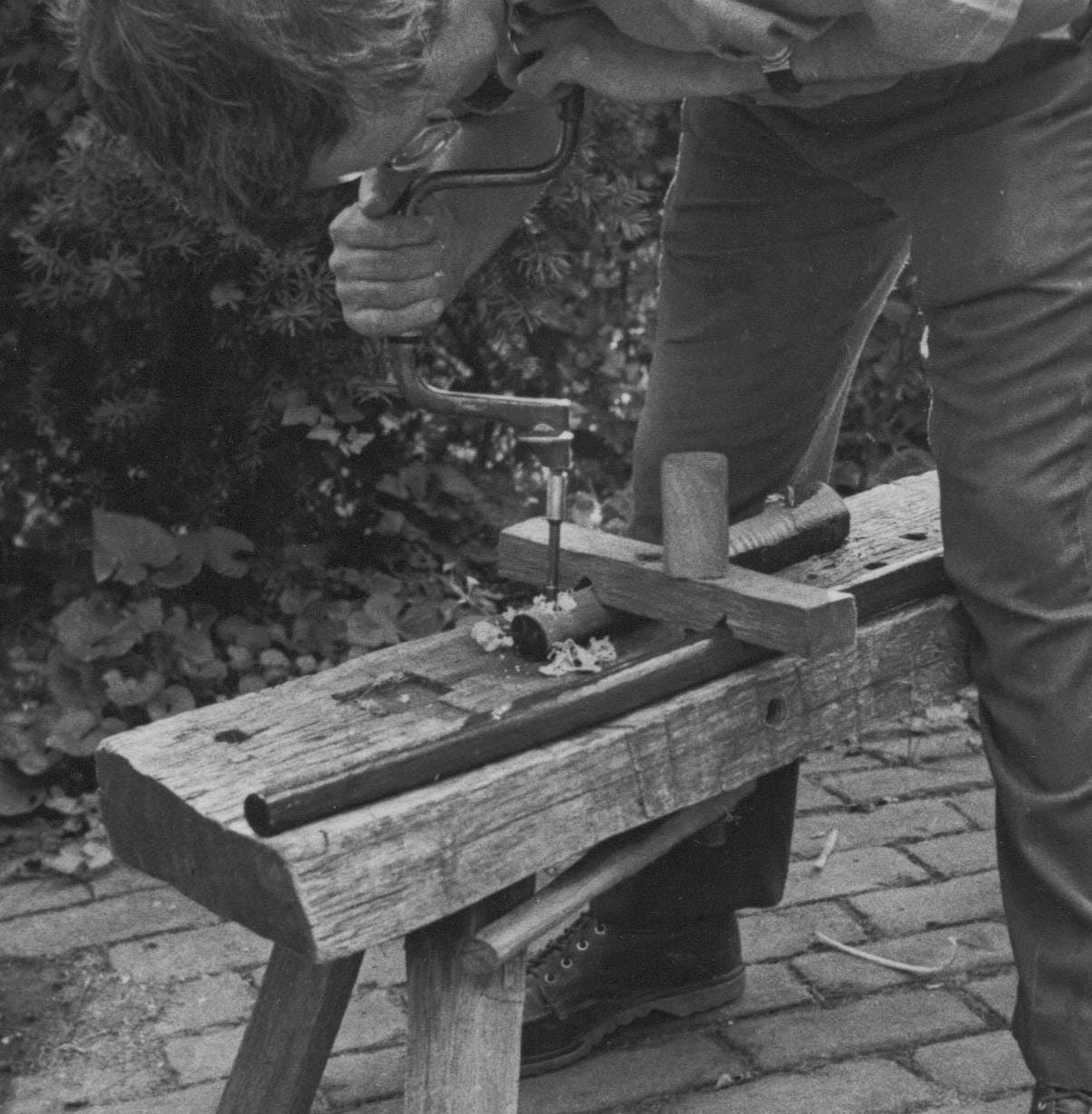These days I’m not in the shop, spending my time assisting my wife as she recovers from a hip replacement. She’s doing fine, but I’m sticking close by for the first little while. The shop will still be there…
In the previous post was the interview I did with Anissa and Ben from Fine Woodworking. One subject in that discussion/monologue is my craft genealogy project about the people who showed me the workings of green woodworking. This project is like any other research project I’ve been involved in - it generates more content that will fit in the finished project. It’s the nature of the beast. I’m reading a lot of material, only a fraction of which will make it into the book. But that’s how you do this gig, you have to kiss a lot of frogs. One of the challenges is deciding which are frogs and which are princes. I’m deep into Jennie Alexander’s letters again lately. In the first edition of Make a Chair from a Tree are lots of methods that didn’t carry forward after the book came out in 1978. The wooden screw/nut/yoke system for holding posts down to the bench - for chopping slat mortises and boring the mortises in the posts. Alexander spent a lot of time on this subject - even though she recognized the complexity of introducing this equipment into the mix. I remember falling for it and making wooden screws and holding yokes - long ago tossed.
The letters contain lots of references to things like this, a long fascination with spoon bits - particularly for Windsor chair understructures - which JA didn’t make, but thought about a lot. There was one antique bit Alexander acquired that consumed a lot of thought, some experimentation and lots of letters. She wrote to anyone who would sit still to see if they’d ever seen such a bit. The answer was, as far as I know, no. It tapered in its width - which led Alexander to theorize that it allowed you to bore a hole that had a smaller neck/mouth than its bottom/full depth. This was done by wiggling the bit once it reached near-full-depth, because by then the narrower section of the bit would be near the mortise’s mouth- allowing the bit’s tip to enlarge the mortise. And she prattled on & on about this concept forever.
From a 1979 letter she wrote:
The spoon bit continues to fascinate. It just has too many chairmaking virtues.
Round bottom mortise.
Provides good seat for tenons - particularly a shoulderless tenon driven home.
May extend close to exterior of post without break through.
Simple tool, easy to sharpen.
Mortise is slightly “taller” along axis of long fibers than “wide”
Diameter of mortise at bottom of the hole can be made bigger without enlarging the mouth of the mortise.
The problem is that post and rung chairmaking requires that as many as 6 mortises must be accurately located in one post. [By contrast, in a Windsor chair H. stretcher understructure, each leg and each side stretcher contains only one mortise.] Also in P&R chairmaking the mortises have to be bored at an angle to the ray and growth ring planes. It seems that in hardwoods such as Hickory and White Oak the spoon bit likes to wonder considerably. Very very considerably.
Keep reading with a 7-day free trial
Subscribe to Follansbee's Substack to keep reading this post and get 7 days of free access to the full post archives.




